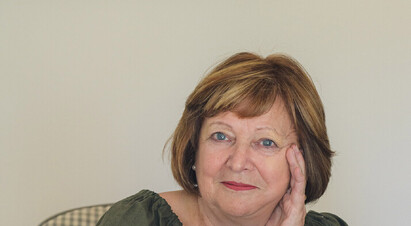Process & Approach
He aha tāu e tūmanako ai?
Mediation is a structured, respectful process designed to help you to identify the issues, to find common ground and to generate options for resolution — even when it feels impossible. Fiona’s role is to guide the conversation, to ensure a safe balanced space, and to help workable solutions emerge.
Step-by-Step Process:
Te Tukanga
Mediation is a collaborative process designed to help people resolve disputes with clarity, care, and a sense of control. Fiona offers a clear pathway that creates space for people to be heard, understand one another better, and move forward with confidence.
While every situation is different, the process typically follows the same broad structure — giving both parties the opportunity to reflect, communicate, and make informed decisions.
In some cases — particularly relationship property settlements or estate disputes — agreements reached in mediation will need to be formally documented and signed off by lawyers to meet legal and statutory requirements. For example, if an estate claim has been brought under the Family Protection Act 1955, the resolution achieved in mediation may lead to the finalisation of any concurrent court proceedings through a deed of family arrangement. Fiona works alongside each party’s legal advisors to ensure any necessary legal steps are completed properly and with care.
Here's how it works:
1. Initial Consultation
Individual conversations — often by phone or online — help Fiona understand the nature of the dispute, the people involved, and whether mediation is the right fit. This is also an opportunity to ask questions, talk through any concerns, and ensure everyone is comfortable with the process before proceeding.
2. Understanding Both Sides
Fiona then meets with each party separately to explore the background, clarify concerns, and hear what matters most to each person. These private sessions allow for open, honest sharing and help identify the key issues to be addressed together.
3. Structured Joint Discussion
When ready, both parties come together in a safe, neutral setting to talk through the issues. Fiona guides the process with fairness, empathy, and clear boundaries — ensuring respectful communication and keeping things on track.
4. Finding Common Ground
As conversations unfold, shared interests and priorities start to emerge. Fiona helps identify practical options, supports balanced discussion, and works with both parties to explore solutions that feel fair and workable.
5. Reaching Agreement
Recording outcomes that reflect what’s been agreed and what comes next. Taking these agreements back to individual lawyers for advice and confirmation before sign off may be required. This is particularly with respect to relationship property matters where there are legislative requirements with respect to legal advice and certification.







